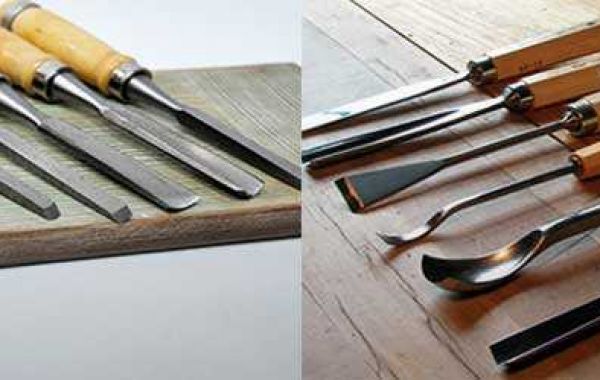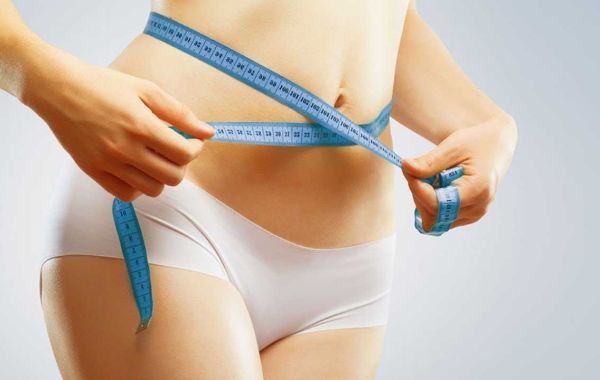One of the best materials for interior decoration has been and remains wood. Being completely natural, neither during processing, nor during operation, the tree does not emit substances harmful to health. The tree is practical, the tree is beautiful. Using a simple tool, you can create a unique carved decoration: a panel, a box, a figurine.
Carved woodwork is the best decoration for your own home and a great gift. Carving is not difficult, anyone can become a woodcarver, you just need a little talent, a lot of perseverance and, of course, good tools for woodcarving.
What a novice carver cannot do without
Anyone who is lucky enough to be in the workshop of a real master of wood carving will be horrified - he uses so many different tools. It's just that my eyes run wide. The master will easily determine how to perform a particular stroke, which is best suited for a particular detail. Choosing the right threading tool will largely determine the quality of your product.
It is not at all necessary for a novice carver to purchase a full set of tools; for the manufacture of entry-level products, you can get by with several of the most versatile knives and chisels. Also, you can see best beginner carving tools here https://beavercrafttools.com/news/wood-carving-knives/ . This will give you the opportunity to gain work experience, develop your own style, and then acquire exactly the tool that will really be in demand.
Jamb knives
The most common knives for wood carving are jamb knives. They are used by both venerable professionals and novice carvers. Knives of this type have a beveled blade, which makes them convenient for creating small indentations. Their use is justified both for flat-relief sampling and for creating volumetric compositions.
A separate type of jamb is a flag knife. It looks like a triangle stuck into the handle with one corner. This knife is universal, all blade zones are used in the work.
Jamb knives differ in cutting edge angle and blade width. By the type of sharpening, one-facet and two-facet are distinguished. In the toolkit of a novice carver, there should be several such knives: at least three of different widths.
Geometric thread cutters
When making embossed panels, one cannot do without another common carver's knife - a cutter knife. The longer blade makes this knife ideal for creating geometric ornaments. It is convenient for them to handle curved shapes and rounds. So, with a hatchet knife, triangles and other figures are cut out.
In addition to creating flat reliefs, cutters are widely used for bulk products. In the right hands, a small cutter can be compared to an artist's brush.
Wood carving chisels
It is convenient to make samples of a wide variety of configurations using chisels.
Unlike knives, the use of chisels for wood carving allows you to make a groove of the required depth and profile in one pass. When working with soft wood, the chisel is pressed by hand, carving in hard wood requires an impact technique. Here a wooden hammer and a mallet will come to the rescue of the master.
In addition to differences in profile, chisels are also distinguished by size. There is a tool with a working edge from two millimeters to several centimeters.
In addition, there is another type of tools for engraving and wood carving - shtihel. They can do beautiful artwork.
Tool sharpening
For wood carving to be enjoyable, and the created masterpieces to please the eye, the tool must be sharp. If in the process of work an increase in the resistance of the material is felt, it is necessary to take a break and sharpen the tool. This will allow you not to apply unnecessary effort when carving and ensures excellent quality of every stroke, every groove.
Sharpening should be started by leveling the working surface of the tool. For this, a coarse-grained abrasive is used. It quickly and efficiently removes burrs and creates a perfect cutting edge.
When working on emery, one must be careful, the metal must not be overheated, sharp changes in temperature can "release" the cutting edge.
After large irregularities have been removed, they move on to fine-grained abrasives. In the course of grinding, roughness is removed that have arisen during the rough sharpening of the thread tool. The latter use sanding mixtures applied to a felt base. They create a perfectly flat surface, reducing friction between tool and material to a minimum.
Whether to make a tool with your own hands or buy a ready-made one is up to the master himself. Perhaps, it is better to fill your hand with a tool from the store, and only later, after gaining experience, you can make yourself an instrument yourself.







